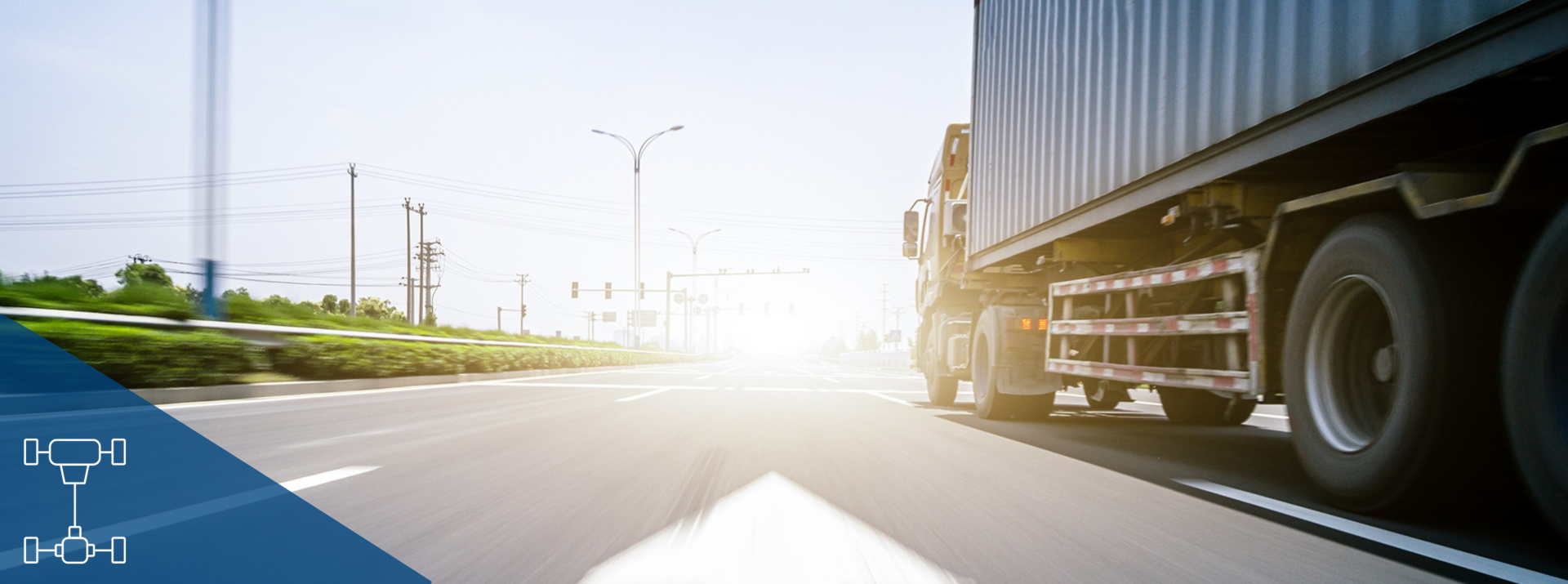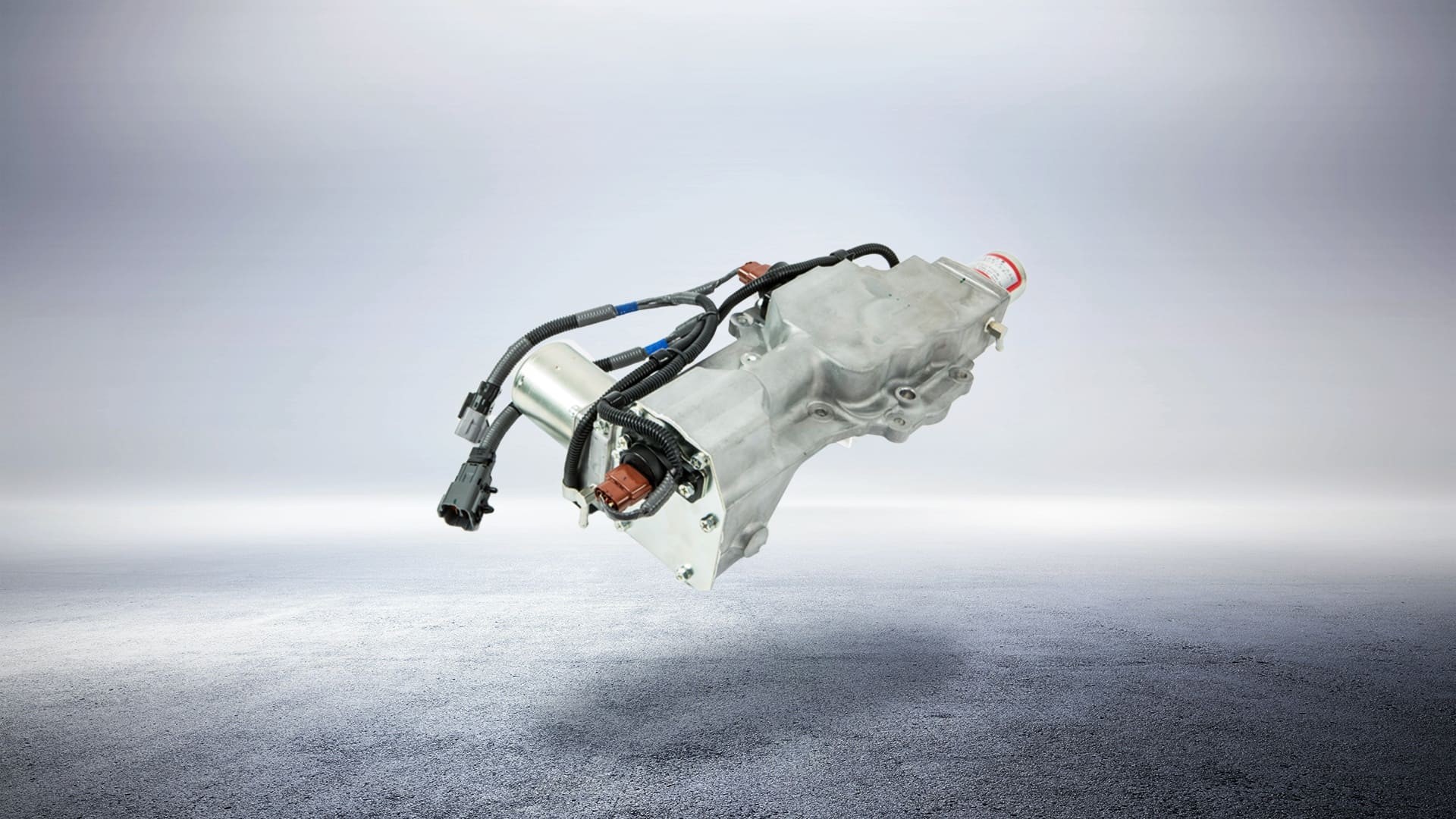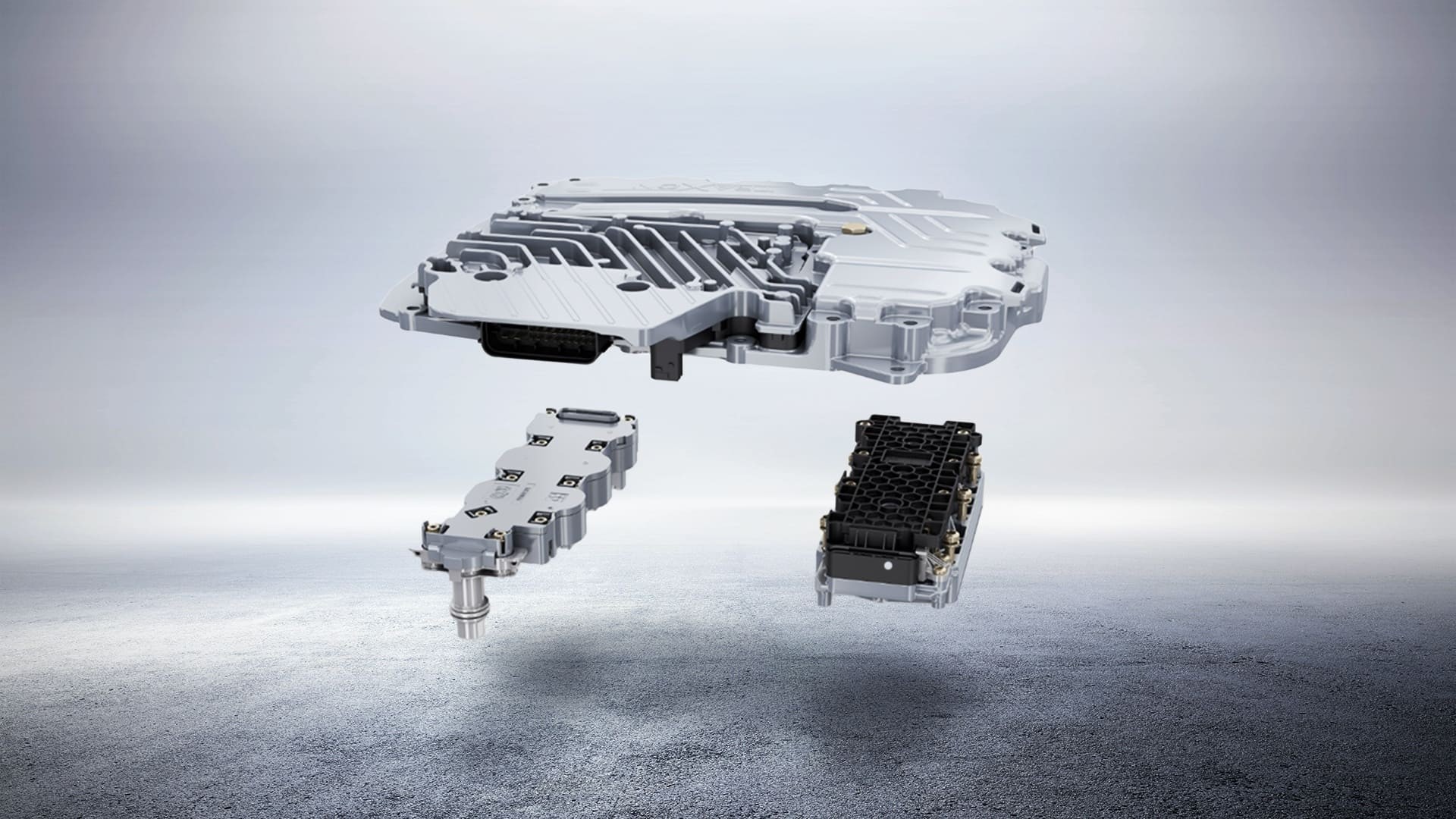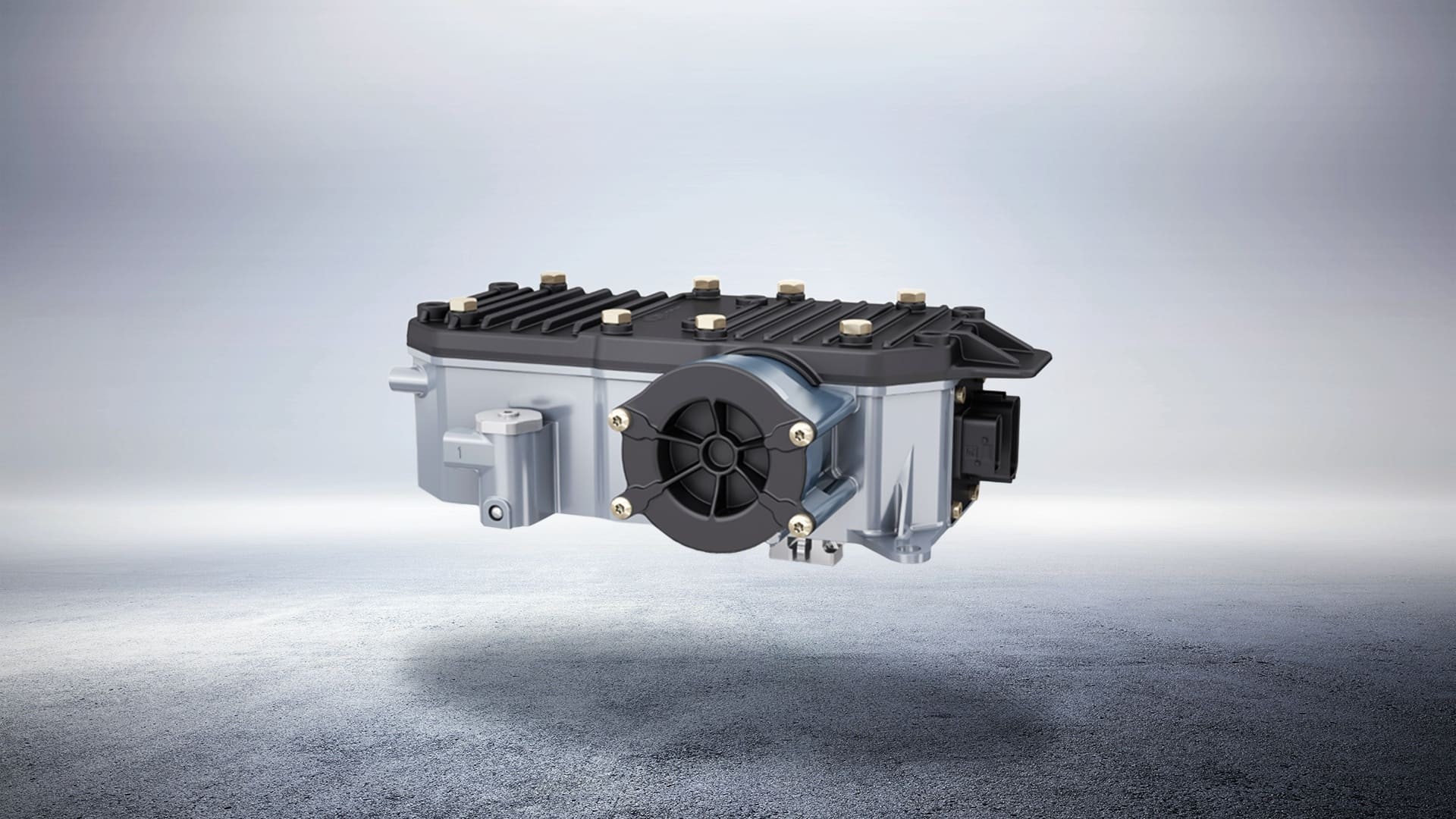
Transmission activation and control mechanisms move the shifting elements of transmissions so that shifting between gear ratios is as efficient as possible. Boosters are used to further increase engine power and reduce emissions levels.
Servo shift for manual transmissions
The servo shift module provides pneumatic shifting force support for manual transmission. When the driver selects a gear using a manual transmission, the servo shift module (transmission actuator) builds up the shifting force needed to engage the gear. Thanks to the reduced shifting forces, the system allows the driver to shift between gears quickly and easily, helping them optimize fuel consumption by staying in the right gear.
The servo shift module can be adjusted quickly and easily to different types of transmission. A combined shifting force and shifting speed limiting mechanism also protects transmission synchronization.
The servo shift module can be connected to the gearshift either via a shift linkage or simply and flexibly via Bowden cables.
Key benefits:
- Precise, low-wear activation of the shifting elements in the transmission
- Physical relief for the driver
Electronic gearshift mechanism for automatic transmissions
The electronic gearshift mechanism is a mechatronic control module that allows for fully automatic shifting in commercial vehicle gearboxes. Automating this process is a key requirement for autonomous driving.
These control modules are usually mounted directly on the transmission or connected to it via coupling devices. They consist of a combination of mechanical (such as a pneumatic cylinder) and electronic components (such as solenoid valves, ECU (electronic control unit), wiring harness). In addition to purely pneumatic versions, the M-GSU module (Motor Driven Gear Shift Unit) generates the forces and movements required using electronic actuators.
Because they integrate a large number of different functions, such modules are highly complex. Various sensors are integrated into modern automatic transmissions. They include: Speed sensors (on the input and pinion shaft), temperature sensors for transmission oil temperature or 3D acceleration sensors to detect vehicle behavior (pitch, yaw and roll acceleration).
Automating the transmission improves driving comfort by relieving the driver from shifting. This allows the driver to concentrate on the current driving situation without distractions.
By using a shifting strategy optimized for the current driving situation which is automatically implemented by the system, automatic transmissions can achieve significant fuel savings compared to conventional manual transmissions while also reducing material wear, for instance on the clutch.
Key benefits:
- Precise, low-wear activation of the shifting elements in the transmission
- Physical and mental relief for the driver, resulting in better traffic safety
- Lower fuel consumption
- Compact design
- Technical requirement for autonomous driving
Specialized M-GSU:
- High compatibility with existing manual transmissions
Contact
80809 München
Deutschland - Germany
info@knorr-bremse.com



Boosters
Vehicle manufacturers today are designing their engines to be more streamlined, in order to improve emissions levels for commercial vehicle engines. Due to their lower displacement, they compensate for reduced power using turbochargers. In such systems, part of the exhaust flow is used to drive a turbine that compresses fresh air, making it possible to increase the flow into the combustion chambers as needed. The disadvantage: It takes a few moments for the turbocharger to be fully effective (turbo lag). Electrically controllable booster valves bridge this delay time. The turbo turbines start to generate the required charging pressure before the engine produces a stronger exhaust flow due to its higher speed.
Key benefits:
- Easier to control the turbo effect
- More power with lower emissions
- More agile driving experience


